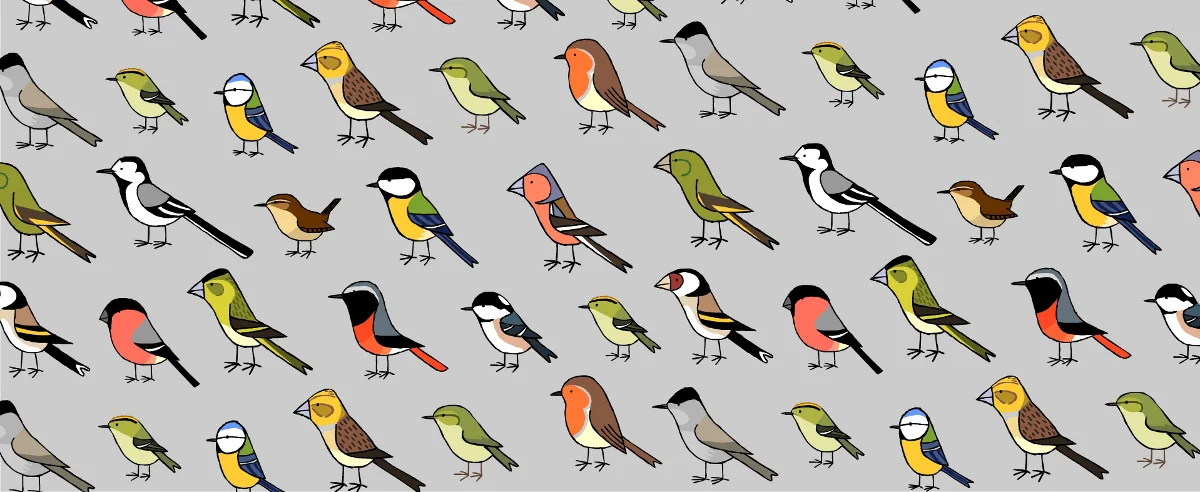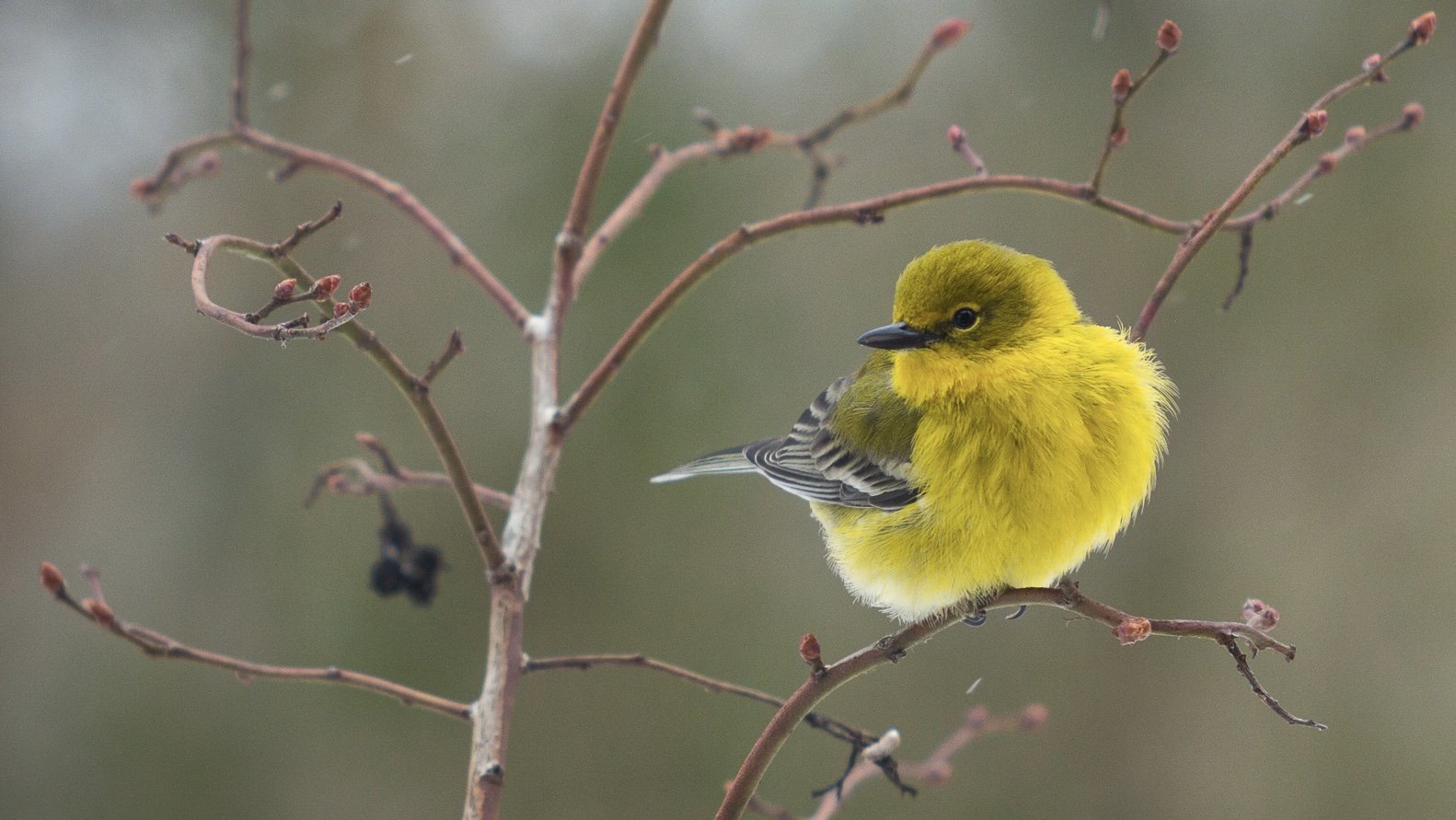Bird Feeders with Cameras
In the weeks leading up to Christmas, we fielded many questions each day in regard to whether or not we carry Bird Buddy/Birdfy camera bird feeders. While unfortunately we are still unable to carry these feeders, we DO carry the hardware needed to get these feeders up and running.
Erva 60” 1” Diameter Pole
This has been our most popular option thus far. These black, 5 foot metal poles are powder coated to prevent rust so they will last for years. They are also an ideal height. At 5 feet, they are tall enough that they can be squirrel-proofed via baffle, but short enough that the feeder can be easily reached in order to fill or clean it. The pole and feeder are supported by a ground stake that is hammered in to the ground, ensuring that it remains secure even in high winds or wet, muddy ground.
Pole Cost: $27
Erva Ground Stake
This is the ground stake we previously mentioned. These can easily be driven into the ground with the aid of a standard hammer, and with them going into the ground to a depth of 17.5 inches, they will keep your pole and feeder extremely stable. We like to tell folks, if there is a storm that blows this over, your bird feeder on the ground will be the least of your concerns. Once you have hammered it into the ground, simple slide your pole over the top and you are all set!
Ground Stake Cost: $13
Erva SB1D Squirrel Baffle
While all of the baffles we sell are 100% effective when used properly, this model is our favorite. The reason for this is the lower profile doesn’t gather as much mess from the feeder as the wraparound baffles can. To be effective, the included bracket needs to be mounted between 4-4.5 feet up from the ground. Then, the pole itself needs to be 8-10 feet away from anything solid that the squirrels can jump from. Now, with that being said, we understand that these feeders must be close enough to the house that they can pick up your WIFI signal. If that means that the previous measurements mentioned to ensure baffle success are unachievable, there is always safflower seed. While it is not as effective as a baffle, for most of the year safflower seed does help to deter squirrels, especially when fed on its own and not blended in with other seed.
Erva SB1D Baffle Cost: $39













